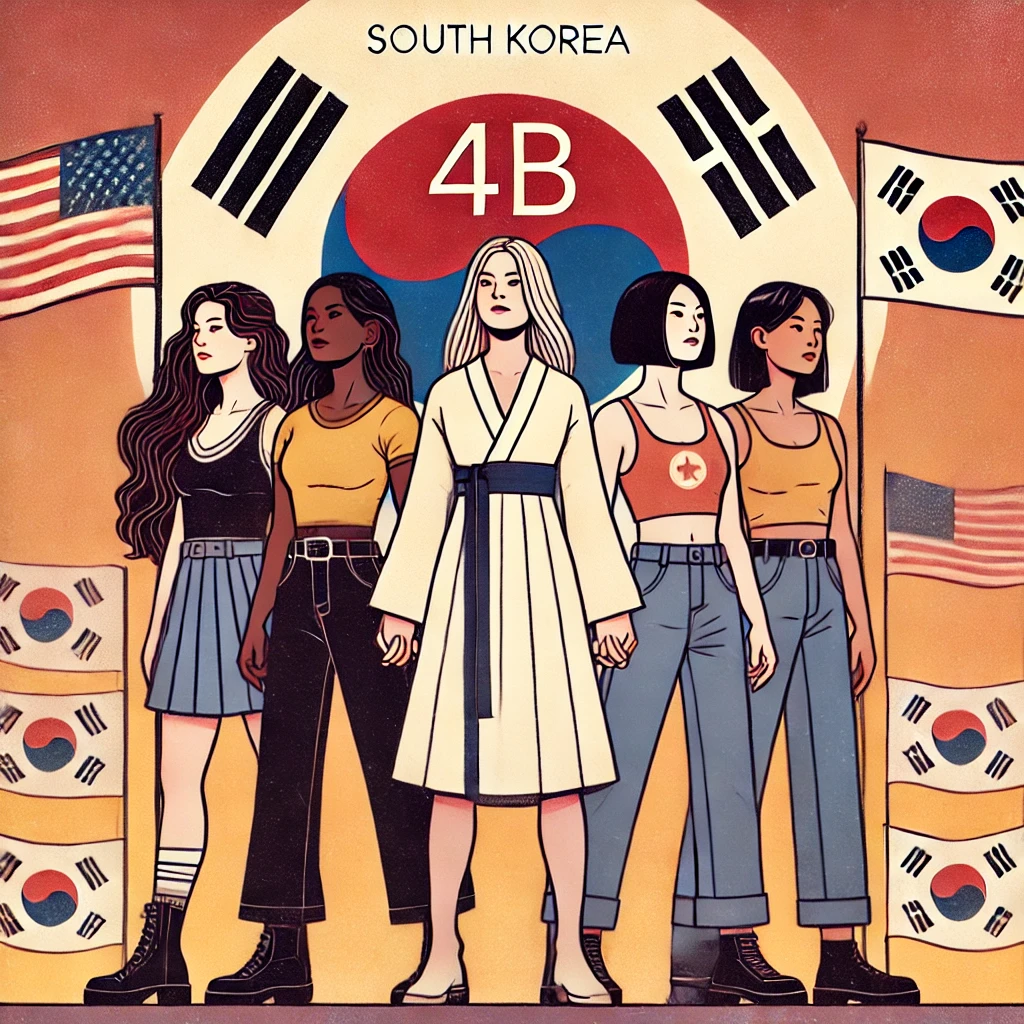In recent years, Indian social media platforms have seen the emergence of influencers who are gaining fame for content that often pushes the boundaries of decency and social norms. From harassing public behavior to flaunting flashy lifestyles, this phenomenon, sometimes referred to as Chhapri culture, has raised questions about the values it promotes. Recent events, like Sachin Raj’s controversial reels, show just how viral such content can become, and with 1.6 lakh followers, his social media presence highlights a broader societal trend.
Roadside lafanga Sachin Raj posts reels harassing women in public to the tune of Bhojpuri song ‘yehi wali lunga’. Has 1.6 lakh followers on Instagram
Chhapri films and song-dance routines have captured the collective mind and aspirations of Indian society like nothing else has… pic.twitter.com/qxV32ulgWj
— Swati Goel Sharma (@swati_gs) October 27, 2024
The Chhapri Phenomenon: Fame, Harassment, and Societal Impact
- Viral Fame and Questionable Content
Viral trends have always shaped social media, but the Chhapri phenomenon has amplified this by pushing the envelope with content that’s provocative and, at times, concerning. Social media users like Sachin Raj, who recently went viral for harassing behavior in public spaces set to catchy Bhojpuri songs, have garnered thousands of followers, sparking debates over what content gains popularity and why. One social media user commented, “This is such a low-level act; even listening to this song feels embarrassing,” reflecting the discontent among certain audience segments regarding such trends. - Harassment of Tourists: A Growing Concern
Another user expressed their alarm, stating, “It’s disturbing and shocking to see foreign tourists facing such harassment. We’ve seen many videos in the past, including one where a Japanese YouTuber was harassed during Holi. This must stop. Tourists come to experience the rich culture and heritage of Bharat, yet too often leave with bitter memories. It’s truly shameful.” This sentiment underscores the urgent need for societal change and accountability, especially regarding how tourists are treated in public spaces. - Negative Experiences of Tourists
The concern for the treatment of tourists is echoed by another user who stated, “I have traveled to Singapore, USA, Korea, Japan, Thailand, Indonesia, but let me honestly tell you that I haven’t seen these types of Jahil Ganwar people like these Indians in every tourist place in India. These people try to touch them and force them to take selfies.” Such comments highlight the stark reality many foreign visitors face and raise serious questions about respect and decorum in a multicultural society. - The Impact on Tourism and National Image
A growing concern among social media users highlights the negative implications of celebrating such behavior. One commented, “This is concerning. It’s disappointing that such behavior is celebrated; for just two minutes of fame, they end up causing significant harm to tourism and the country’s image!” This perspective emphasizes the potential long-term consequences of Chhapri culture, where fleeting fame can lead to lasting damage to India’s reputation as a welcoming and culturally rich destination. - Call to Action: Stop the Reel Obsession
Another user voiced their frustration, saying, “We need to stop this reel obsessed people.” This call to action encapsulates the growing dissatisfaction with individuals prioritizing viral fame over decency and respect. It emphasizes the need for collective action against behaviors that degrade societal standards and tarnish the nation’s image. - Need for Increased Security Measures
Addressing a critical issue, one social media user raised an important question: “I don’t understand why there is no police patrolling in such a location where tourists are visiting.” This highlights a significant gap in public safety, especially in areas frequented by tourists. The lack of visible law enforcement can create an environment where such harassment is not only tolerated but can flourish, further harming the image of the nation and deterring potential visitors. - Celebration of Fame Over Values
What’s interesting is that society at large often treats these influencers with celebrity-like status. Figures who once would have been dismissed are now celebrated, and many receive lucrative offers, invitations to reality shows, or even political opportunities. The idea of “celebrity” status seems to be evolving, and, in some cases, it appears that shock value trumps positive social impact. The public and, at times, the media seem to inadvertently endorse these personalities by granting them visibility and, in some cases, accolades. - Impact on Youth and Society’s Aspirations
This phenomenon is particularly significant for younger audiences, who may look up to these viral figures as role models. The lifestyle and behavior promoted by such influencers can skew perceptions, leading many to aspire to similar forms of attention rather than achievements based on positive contributions. With each class of society seeming to have its “own” tier of Chhapri idols, there’s a cycle of admiration that doesn’t seem to be slowing down anytime soon. - A Rigged System?
Some social critics argue that the entire system—from social media platforms to entertainment industry scouts—is structured to churn out more of these Chhapris. As journalist and activist Swati Goel Sharma points out, there is a systemic encouragement for such behavior that perpetuates the cycle of sensationalism and virality, overshadowing more meaningful content. - Addressing the Issue: Where Do We Go From Here?
The popularity of such figures raises questions about societal responsibility and the role of platforms in shaping public values. Rather than promoting or rewarding behaviors that bring out the worst, there’s a call for platforms, influencers, and audiences alike to consider the long-term impacts of what’s celebrated online. Perhaps a shift toward promoting more constructive content and role models can reframe what society deems as “celebrity-worthy.” - India’s Tourism Goals: A Need for Change
As India sets ambitious targets for its tourism sector, aiming for a $3 trillion tourism economy by 2047, with a goal of attracting 100 million inbound tourists, it’s crucial to address the challenges posed by such behaviors. India aspires to be among the top 10 adventure tourism destinations and emphasizes sustainable tourism, making optimal use of environmental resources while conserving natural heritage and biodiversity. Achieving these goals requires a collective effort to enhance the country’s image, ensuring that tourism thrives without being marred by incidents of harassment and disrespect.
Conclusion:
As Chhapri culture continues to evolve and shape online spaces, it becomes essential for society to question what kind of behavior and values it endorses. Viral fame may be fleeting, but its impact on young minds and societal aspirations can have lasting effects. As these influencers continue to command massive followings, the question remains: are we celebrating the right icons, or is it time to rethink the values we choose to elevate?
Call to Action:
Join the conversation—share your thoughts on the rise of Chhapri culture and how we can bring about a more responsible digital space while working toward enhancing India’s tourism potential.





